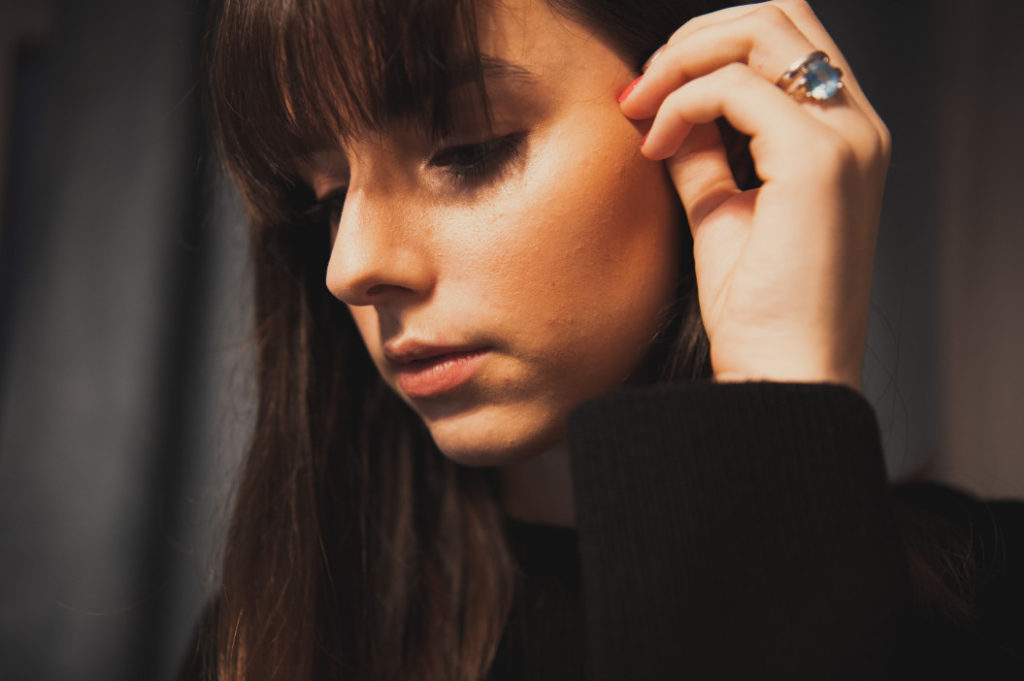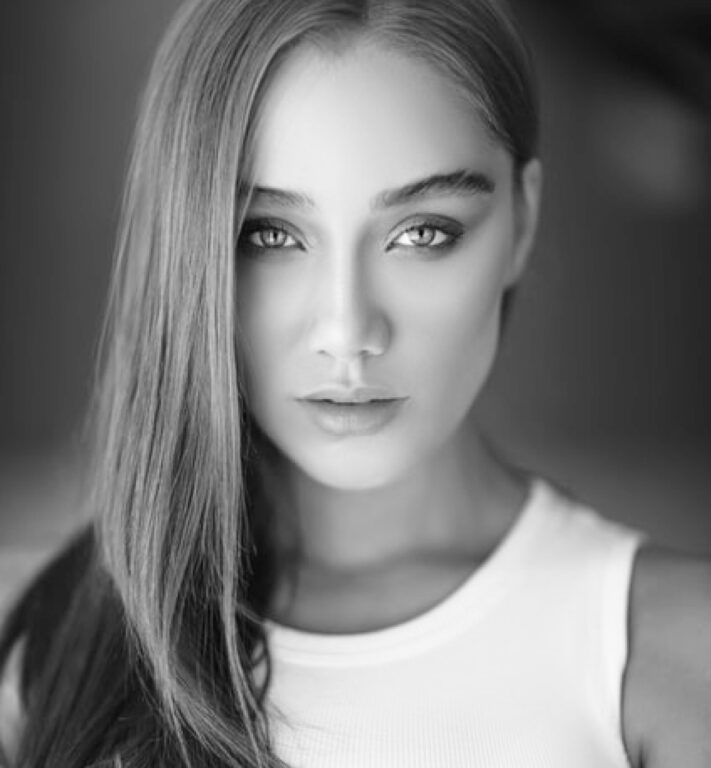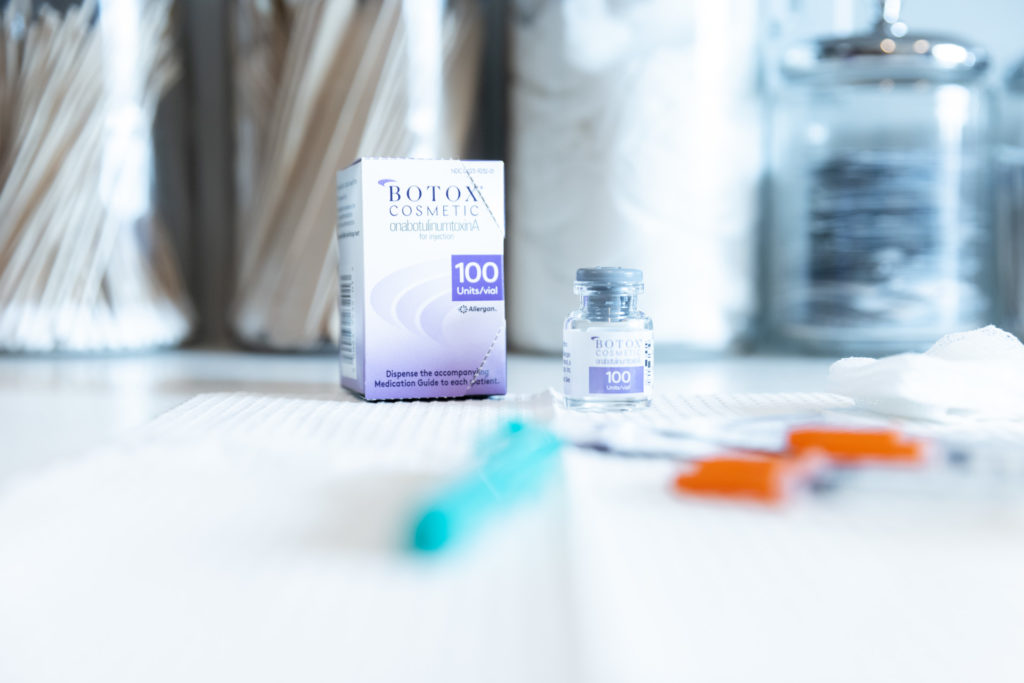
BANGS OR BOTOX, YOU DECIDe.

Contributed by Audrey Matney
New York City women are no stranger to the wonderful world of aesthetic medicine. Being a wise observer, I will venture to guess that you too have encountered women with that undeniable “Botox look.” This bizarre looking phenomenon is of epic proportions and has become so mainstream that even children can recognize this overly done, frozen facial appearance.
An inherent fear of an unnatural appearance has led many woman to opt of trying the most popular aesthetic procedure elective aesthetic procedure in the country, if not the world according to world renowned facial plastic surgeon Dr. Steven J. Pearlman. Dr. Pearlman has received countless confessions from patients whose fear of looking frozen sent them running to their hairdressers for help. What could a hairdresser do, you ask? Cut bangs to hide forehead lines, as if the sweep them under the rug, or in this case, under the bangs.
Although a clever route to staving off the needle, what if one doesn’t have the face for bangs? What if you don’t want to spend additional time maintaining (smoothing, blow-drying, trimming) them? Not yet ready to commit to chopping off all that hair? What you really need is Botox education to quell your fears.
Before you dismiss Botox all together and go running to the nearest hairdresser, consider this: In 2014 over 6.5 million patients received Botox injections in the U.S. alone, so you have to say to yourself, it can’t all be bad, can it? First, you should understand how wrinkles are formed, and how Botox works so diligently to eliminate and even prevent them. You might not remember your high school biology lessons, but to fully understand Botox, you must first comprehend the relationship between opposing facial muscles. Facial muscles fall into 3 categories, elevators, depressors and corrugators, which work synergistically to enable facial movements and create expression, i.e.: laughing, pouting, scowling, and smiling. Botox works by eliminating the depressor muscles that pull down. It does not eliminate expression (if your injector is a pro). Depressor muscles include the corners of the eyes, in between the brows, jaw, and neck…and then you have the elevator muscles that lift the brow and chin. Corrugators, do just that: they create vertical lines that are perpendicular to the muscle action, or the “11s” between your eyebrows. While finding an excellent injector who knows musculature is key to natural looking results, you also need to ensure that your provider understands your aesthetic goals, and that their visual aesthetic is in line with yours. If your injector does not know the anatomy of all these muscles, please run away.
Now back to your Biology lesson, the muscles that can be treated with Botox for anti-aging are: the Frontalis Muscle which controls brow elevation (elevator), Corrugators which enable you to scowl (corrugator and depressor), the Orbicularis Oculi which controls eye and lateral brow movement enabling you to wink and squint (depressor), the Depressor Anguli Oris which controls the ability to frown (depressor), levator anguli oris which assists in pursing and pouting, the Mentalis which when overactive causes a cobblestone appearance of the chin, the Platysma aids in swallowing and causes vertical neck bands to form (depressor), and the Maseter Muscle which helps you chew. No injector expects you to know medical terminology, but it’s terrific if you can enter your appointment with a basic understanding so you feel like a player on your own team.
With age, as the skin begins to lose its natural suppleness and elasticity, the depressor muscles under the lip tend to pull down the corners of the mouth resulting in marionette lines. Relaxing this muscle can eliminate such lines, as well as turn up the corners of the mouth in an aesthetically pleasing manner. Since depressor muscles under the lip have been hard at work your entire life, you may also lose the superficial fat that covers the muscle; an issue that would need to be addressed with a dermal filler.
Depressor muscles under the jaw pull down the cheeks leading to loss of jawline definition and flattened cheeks. By utilizing Botox, a neuro-toxin that temporarily inhibits the use of these muscles, the large depressor muscles of the lower jaw and neck are treated, reversing the balance of power, allowing the cheek elevators to act unopposed. The result is a more defined jawline, and a non-surgical neck lift. Another name for this is the Nefertiti lift, names after the famous bust of the ancient Egyptian Queen Nefertiti. Her famous bust statue from the 13th century demonstrates a long elegant neck.
When trying to eliminate horizontal forehead lines, Botox is injected into the frontalis muscle–the muscle that elevates the brows. By gently relaxing this muscle, you can reduce horizontal lines and still be able to move the brows. But children, beware (!): knocking out this muscle completely will result in a frozen forehead.
As with all Botox treatments, it can take up to a week to take full effect, 2 weeks to notice a reduction in fine lines, and the results typically last 3-4 months.
Still not convinced that Botox can produce natural looking results? Enter Micro Botox, or as we call it: HD Botox, our newest weapon in the war on aging. HD Botox is a new procedure that has been developed for use in conjunction with standard injections. It is a treatment for patients who opt for more natural-looking rejuvenation, as opposed to that “frozen” look that traditionally prepared botulinum toxin can give. Traditional Botox treatments aim to disrupt the communication between your muscle and nerve, which in turn minimizes the dynamic lines that have formed with facial expressions over time. Micro-Botox however, targets only the most superficial muscle fibers with a series of small, highly diluted micro-droplet injections. This innovative treatment not only minimizes the finest of fine lines that traditional Botox cannot treat, but acts like shrink wrap for enlarged pores, which makes crepe-paper like skin look much smoother. Dr. Pearlman is an expert at Micro Botox.
The most essential areas for HD Botox are the forehead, under-eye region, and the neck. After HD Botox, the forehead lines are wonderfully smoothed, yet retain the ability to move and elevate eyebrows, making this perfect go-to-treatment for on-air personalities, models and celebrities, or anyone under the relentless scrutiny of HD Cameras.
With the use of HD Botox, you can also target under-eye wrinkles without affecting eye function (pretty important). The same is true in the neck, treating platysma bands does not result in smooth skin, after HD Botox, however, the skin appears to be shrink-wrapped eliminating the crepe paper-like appearance of the skin.
The take-home message, now that you have the tools to make informed decisions about your aesthetic goals is that there is no need to fear Botox any longer. Simply seek out a master injector like Dr. Pearlman, national trainer and educator for Allergan, the makers of Botox, who has the credentials and training to deliver natural-looking results. Our patients leave looking rested and refreshed, not surprised and Stepford wife frozen. And for this, their kids love them all the more.





